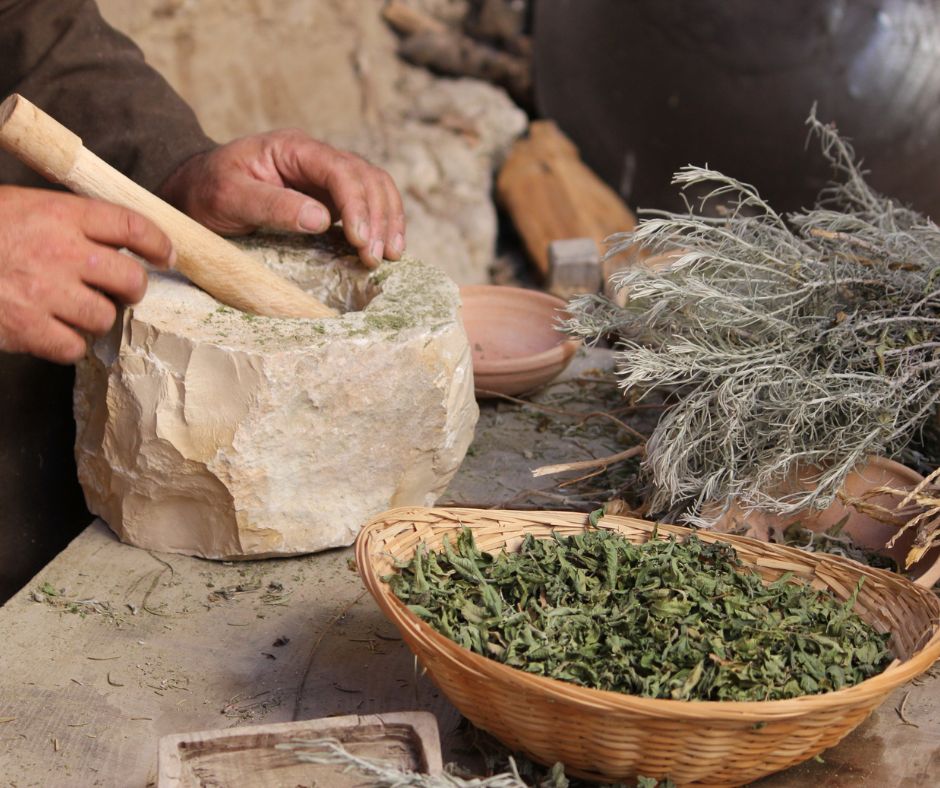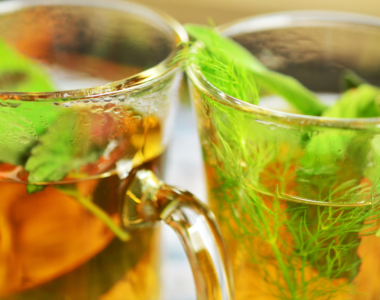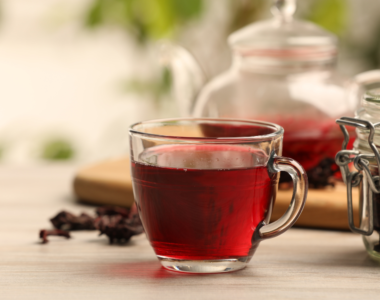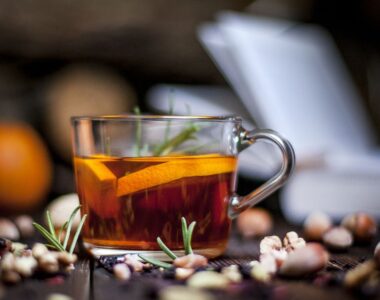
During the past three decades, the usage of herbal medicines and supplements has grown significantly, with at least 80% of people turning to them for some aspect of primary healthcare. Although the efficacy of many herbal medications has been proven, treatments utilizing these compounds have shown remarkable promise. Nevertheless, many of these drugs remain untested, and their usage is either inadequate or not at all regulated. As a result, it is difficult to advocate the safe and sensible use of these agents since little information is available about their mechanism of action, potential adverse responses, contraindications, and combinations with already available conventional medications and functional foods.
As safety is still a major concern when using herbal treatments, it is crucial that the proper regulatory agencies put in place the necessary safeguards to protect public health by ensuring that all herbal medications are secure and of high enough quality. In addition to outlining some significant difficulties in conducting an efficient safety evaluation of herbal medicinal products, this review examines toxicity-related issues and significant safety concerns resulting from their usage.
Table of Contents
The state of herbal medicine today and the future of it
It has been estimated that 70% of all medical professionals in France and Germany frequently prescribe herbal medication, demonstrating that the widespread use of herbal therapy is not just limited to underdeveloped nations. Patients are increasingly turning to herbal therapies as a kind of treatment. The market for herbal goods is flourishing as a result of the US Food & Drug Administration (FDA) loosening standards for the selling of herbal supplements. According to the figures that are now accessible, the European Union’s herbal medicine industry was worth over $6 billion in 1991 (it may be over $20 billion now), with Germany accounting for $3 billion, France for $1.6 billion, and Italy for $0.6 billion. The American herbal medicine business was worth roughly $4 billion in 1996; by the year 2000, it had quadrupled. Over $1 billion worth of herbal drugs is sold in India, while roughly $80 million worth of crude herbal extract is exported.
A fascinating development has occurred in herbal therapy during the past few decades. It has made a reappearance rather than being eradicated by medical research and pharmaceutical chemistry. Herbal remedies and effective plant medicine have been acknowledged as a result of the objective examination of medical research, which has eliminated irrational and emotional claims for herbal cures. Moreover, research has revealed some excellent qualifications for herbal medicine. Although empirically developed via trial and error, many herbal remedies were astonishingly successful. According to a recent survey, 60–80% of antibacterial and anticancer medications were derived from natural materials, and 39% of the 520 new pharmaceuticals that were authorized between 1983 and 1994 were natural goods or derived from natural products.
Issues Must Be Fixed Before Using Herbal Medication Becoming Commonplace
There are a number of challenges to be resolved before herbal products with guaranteed quality and effectiveness may be included in standard medical therapy. As a result of not learning about phytomedicines throughout their academic programs and believing that they are all ineffectual, the bias of already employed healthcare professionals creates a barrier. The effectiveness of plant extract must persuade orthodox medical professionals. Equally stubborn are the beliefs of certain traditional herbalists who hold that unprocessed natural goods are inherently superior and that standardization and extraction will somehow damage the mysterious aura around plants. To quickly find and isolate a pharmacologically active chemical, it is helpful to leverage folk beliefs and traditional healers’ knowledge. To combat “piracy” by both Indian and international pharma corporations, however, intellectual property laws should safeguard tribal and traditional knowledge.

The quality of the literature on the field is a significant obstacle that must be solved. Misinformation abounds in books, pamphlets, journals, and especially the Internet these days. Most of it is written to sell products, and some of it is produced to convey a point of view based on wishful thinking rather than reality or disinformation. Few sites discuss regulation, safety, or efficacy; most only list plants and their applications. There may not even be a warning label on a plant like an ephedra, despite its well-known toxicity.
Another issue is that doctors using herbal remedies are often unaware of the need for optimal doses because it isn’t defined in the published papers and they are still relatively inexperienced with them. When practitioners accept the quality of a tampered-with or incorrectly-identified herb at face value, several false and unreproducible findings have been reported in the medical literature. The botanicals in the tested product are also frequently not identified precisely, or by scientific name, together with the precise dosage used.
What are herbal medicines, and how do they differ from conventional medicines?
Herbal medicines are derived from plants and plant extracts, used for medicinal purposes. They differ from conventional medicines in that they are often considered natural remedies, with historical roots in traditional medicine systems like Ayurveda and Traditional Chinese Medicine (TCM).
Are herbal medicines safe and effective compared to pharmaceutical drugs?
The safety and efficacy of herbal medicines vary widely depending on factors like the plant species, preparation method, and dosage. While some herbal remedies have shown promising results in studies, others may have limited scientific evidence to support their use. It’s essential to consult with healthcare professionals before incorporating herbal medicines into your healthcare regimen.
How does the future of herbal medicines look in modern American society?
The future of herbal medicines in the United States is promising, with growing interest in natural and holistic approaches to healthcare. As people seek alternatives to conventional treatments, there’s increased research into the efficacy and safety of herbal remedies, along with efforts to integrate them into mainstream healthcare practices.
What are some potential benefits of integrating herbal medicines into modern healthcare practices?
Integrating herbal medicines into modern healthcare practices can offer several benefits, including increased access to natural remedies, reduced reliance on pharmaceutical drugs and their potential side effects, and a more holistic approach to health and wellness that considers the mind-body connection.
Are there any regulatory frameworks in place for herbal medicines in the United States?
In the United States, herbal medicines are regulated as dietary supplements by the Food and Drug Administration (FDA). However, the regulatory framework for herbal supplements is not as stringent as that for pharmaceutical drugs. This underscores the importance of purchasing herbal products from reputable sources and consulting with healthcare professionals.
What are some common misconceptions about herbal medicines?
One common misconception is that all herbal medicines are inherently safe because they are natural. While many herbs have medicinal properties, they can also have side effects and interactions with other medications. Another misconception is that herbal remedies are always effective, which may not always be the case due to factors like individual variability and quality control issues.
How can consumers ensure the quality and safety of herbal medicines they purchase?
To ensure the quality and safety of herbal medicines, consumers should look for products that have been tested for purity, potency, and consistency by reputable third-party organizations. Additionally, it’s essential to research the reputation of the manufacturer and consult with healthcare professionals before using any herbal remedies.
What role can herbal medicines play in addressing public health challenges in the United States, such as chronic diseases?
Herbal medicines have the potential to complement conventional treatments in addressing public health challenges like chronic diseases. For example, certain herbs may have anti-inflammatory or antioxidant properties that can support overall health and potentially reduce the risk of chronic conditions when used as part of a healthy lifestyle.
How do cultural and societal attitudes influence the acceptance and use of herbal medicines in the United States?
Cultural and societal attitudes play a significant role in the acceptance and use of herbal medicines in the United States. As interest in natural and alternative therapies grows, there’s greater acceptance of herbal remedies as viable healthcare options, particularly among those who value holistic approaches to health and wellness.
What does ongoing research suggest about the future potential of herbal medicines in modern healthcare?
Ongoing research into herbal medicines continues to uncover potential benefits and applications in modern healthcare. From exploring the therapeutic properties of specific plant compounds to investigating herbal remedies’ role in disease prevention and management, the future of herbal medicines holds promise for contributing to a more integrative and personalized approach to healthcare in the United States.



